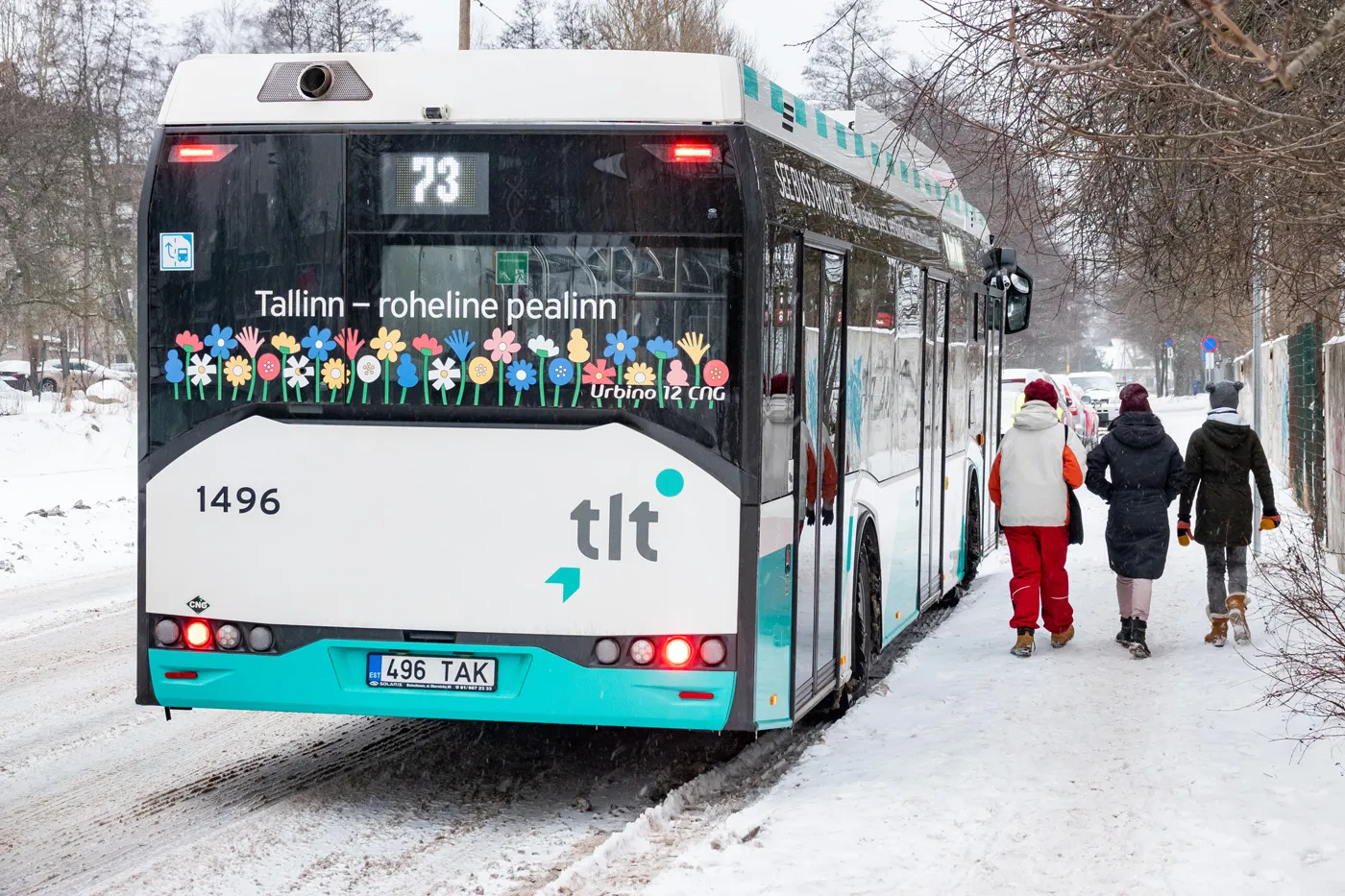
The US city of St Louis, Missouri, has announced that it will develop a comprehensive and coordinated transportation and connected mobility plan, the first in decades.
Mayor Tishaura Jones announced the plan, saying it is essential to attract investment into the city.
"Creating a comprehensive transportation and mobility plan allows us to make intentional and strategic investments so that moving around St. Louis for jobs, education and entertainment becomes easier, safer and more enjoyable,” she said.
The plan will bring together major projects including the Brickline Greenway (a network of accessible paths linking green areas of the city), the Future64 project (improvement to Interstate Highway 64) and the MetroLink Green light rail expansion, while establishing new priorities for a safer, more efficient and better-maintained transportation network across the city.
Key elements of the initiative are robust public engagement, the development of a safety action plan, future infrastructure priorities and transportation network mapping. The plan will review ordinances and practices to make recommendations on revisions and updates.
The development of the Transportation & Mobility Plan is now underway, using American Rescue Plan funds. A total of $130.2 billion was earmarked this year by the federal government for cities and counties to use to improve their services and infrastructure.
St Louis expects to present a completed plan by the autumn of 2025. It will include short- and long-term mobility projects, improved tools for communication with the public regarding transportation and safety and network maps and street typology guides to shape future projects.
Setting out priorities and project will involve communication with the public through community meetings, focus groups and conducting a statistically significant survey. As the next step, the city is establishing a Community Advisory Committee to discuss, brainstorm and help guide the planning process.









